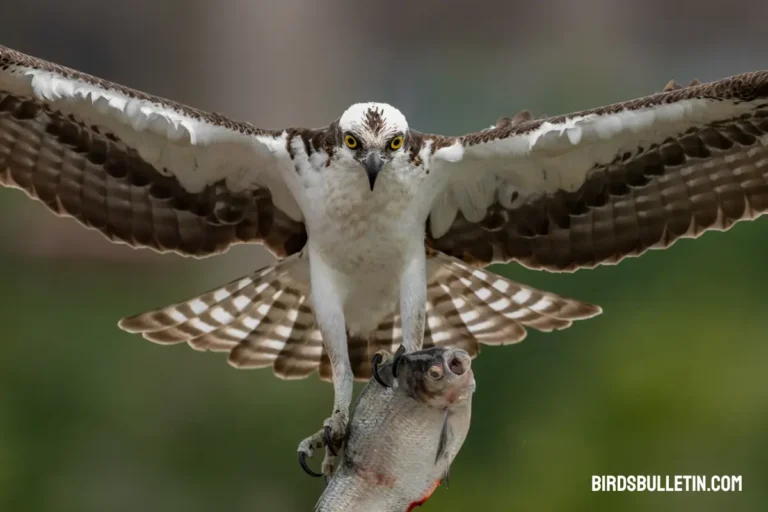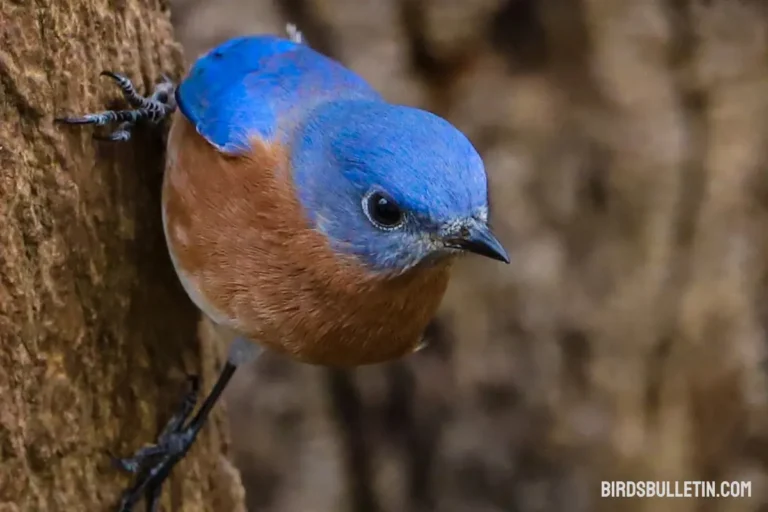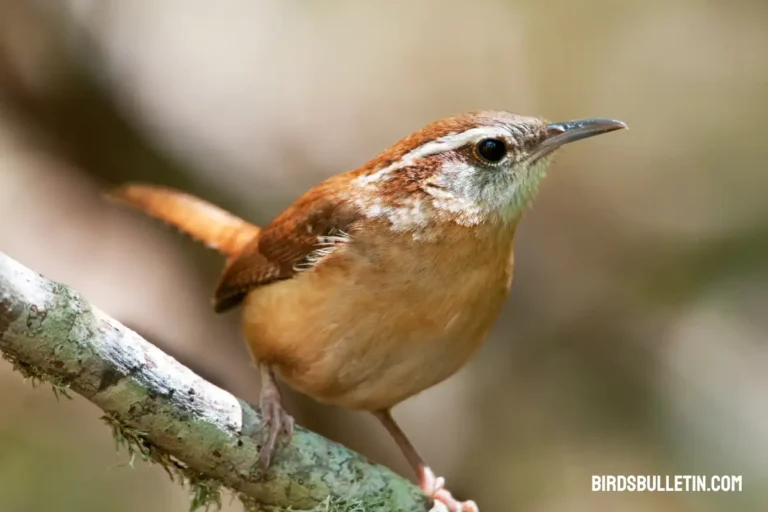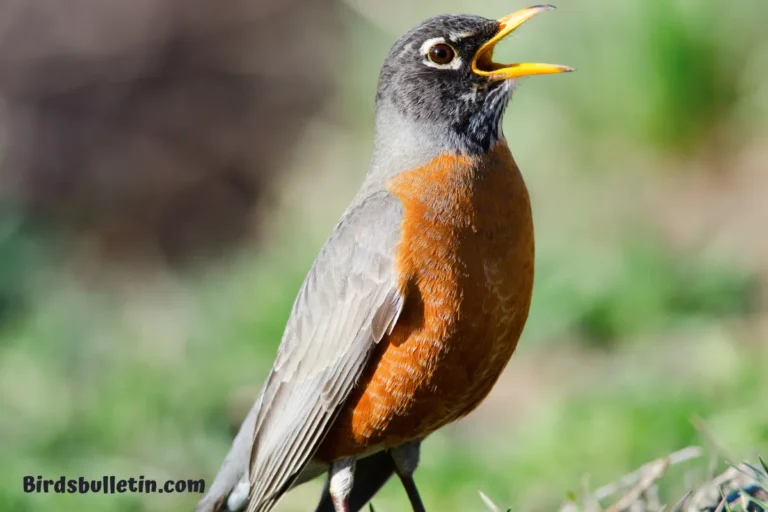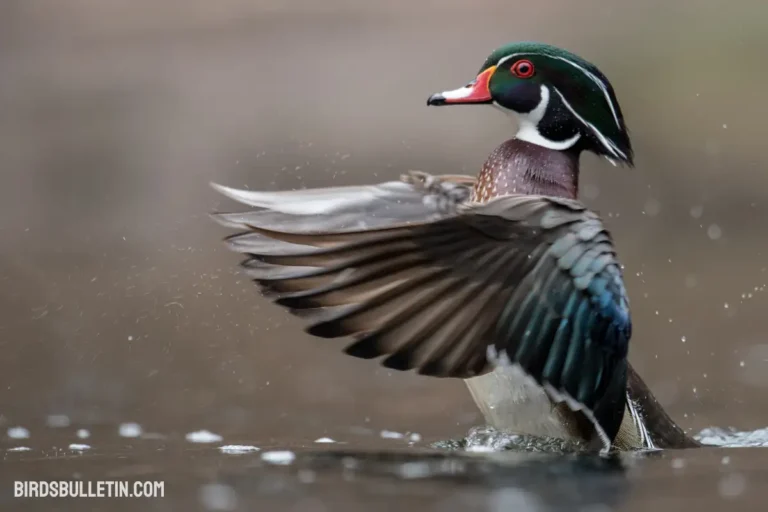California Quail Overview (Callipepla California)
The California quail is a captivating avian species native to the western regions of North America, particularly prevalent in California.
Renowned for its unique appearance, intriguing behavior, and significant cultural impact, these birds have long fascinated both ornithologists and enthusiasts alike.
Interested in similar topics on birds overview:
Identification
The California quail is a plump, short-tailed bird in the New World quail family. How can you identify this quail species? Several key features distinguish the California quail from other quail:
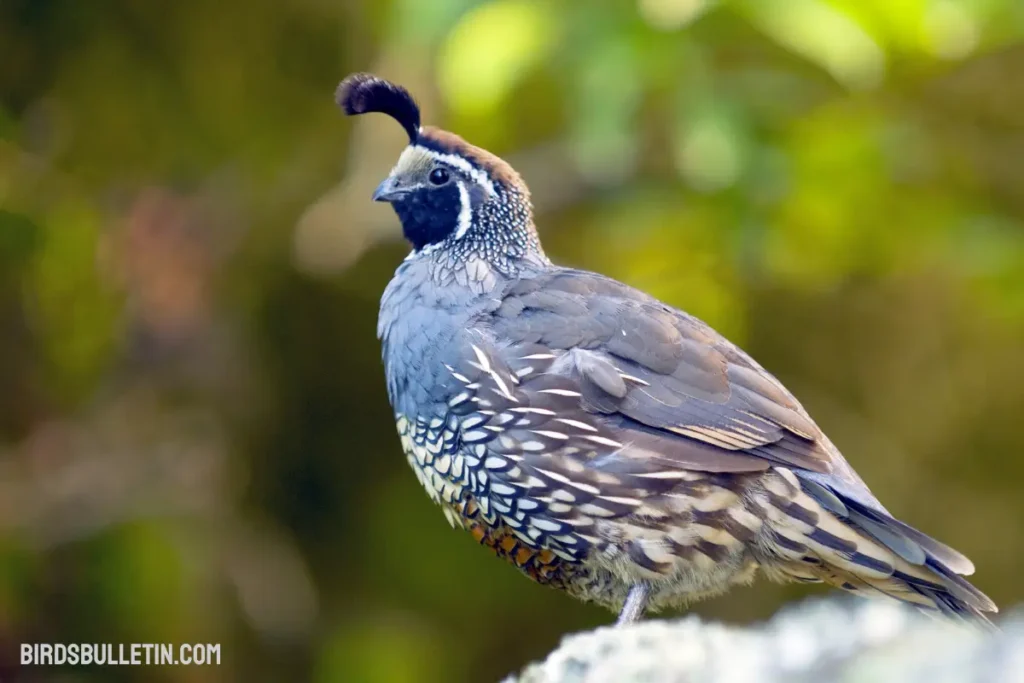
- Plumage – Males have a black face outlined in white, a gray breast, a brown back, and a teardrop-shaped topknot. Females lack the male’s distinctive head pattern and black colors. Both sexes have a scaled appearance on their belly.
- Size – These quails are between 9-11 inches long and weigh between 6-8 ounces on average. They have a compact, rounded body shape.
- Range – As their name suggests, California quails are found along the West Coast states including California, Oregon, Washington, and Baja California. They prefer brushy foothills and canyons near water sources.
- Call – Their vocalizations include a distinctive “chi-ca-go” whistle that establishes breeding territories and assembles coveys.
California Quail Profile
| Feature | Description |
|---|---|
| Scientific Name | Callipepla californica |
| Alternative Names | California Valley Quail, Valley Quail |
| Color | Males have a black face with a white border, gray breast, brown back, buff belly with scalloped markings. Females are duller brown overall with buff throat and belly. |
| Lifespan | 3-5 years in the wild |
| Wingspan | 11.4-14 inches |
| Weight | 6-8 oz |
| Size | 9-11 inches long |
| Diet | Seeds, berries, leaves, buds, acorns, some insects |
| Breeding Season | April and early June |
| Locations | West Coast U.S. and Mexico, including California, Oregon, Washington, Baja California |
| Threats | Habitat loss, agricultural development, urbanization, wildfires, drought |
Subspecies
There are seven recognized subspecies of the California quail separated by location:
- Callipepla Californica Californica – Northern Oregon and western Nevada to southern California and Coronado Islands. (Common California Quail)
- Callipepla Californica Achrustera – Southern Baja California.
- Callipepla Californica Brunnescens – Extreme northern coastal California to southern Santa Cruz County.
- Callipepla Californica Canfieldae – Owens Valley of east-central California.
- Callipepla Californica Catalinensis – Santa Catalina Island off southern California.
- Callipepla Californica Orecta – Warner Valley in Oregon to extreme northern California.
- Callipepla Californica Plumbea – San Diego County to southern Baja California.
The subspecies vary slightly in size and plumage darkness. For example, the Santa Catalina Island quail is lighter in color than mainland birds.
Population
California quail populations have increased by approximately 0.8% annually since the late 1960s to 2019. Their estimated total population is now around 5.8 million. California quails are very popular game birds.
Approximately 800,000 to 1.2 million of these birds are shot each year in California alone, making them one of the most hunted game bird species in the state.
Despite active hunting, their population trend has been upward in recent decades likely due to conservation efforts focused on sustaining suitable habitat.
These quails are not federally threatened and are rated as “Least Concern” on the IUCN Red List. Their local abundance depends on the suitability of their brushy, semi-arid habitat.
Migration
California quail populations are mostly non-migratory and do not undertake long seasonal movements. However, they may migrate altitudinally by moving to lower elevations in winter and returning upland in summer. Local nomadic movements are also common as birds forage and find suitable roosting sites.
Behavior
Known for their social nature, California quails are often observed in groups called coveys, which protect predators. These coveys typically consist of family units and exhibit cooperative behaviors, such as foraging and raising their young together.
California quails are ground-dwelling birds, foraging for seeds, insects, and plants on the forest floor. Their characteristic “chi-ca-go” call is a common sound in their habitats, serving various communication purposes within the covey.
Interhuman Connection
California quails are popular with hunters and bird watchers across their range. They are the state bird of California and even appear on the state seal. Quails were also important to Native American tribes, appearing in mythology, rock art, and ceremonies.
However, habitat loss has made quails less abundant than historically in some developed areas like Los Angeles.
Conservation
To support California quail populations, conservation efforts should focus on sustaining their preferred shrubland ecosystems. Threats include development, overgrazing, agricultural conversion, and climate-exacerbated wildfires.
Land protections around key habitat areas may help offset further decline. On a local level, quails benefit from brush clearing, water improvements, and managed burning to improve forage.
Frequently Asked Questions (FAQs)
1. Are California quail’s aggressive birds?
California quails are generally not aggressive. They rely on their ability to camouflage and flee from predators rather than confront them. However, during mating seasons, males can become territorial and may exhibit aggressive behavior to protect their nesting sites.
2. Do California quail migrate long distances during winter?
California quails are non-migratory birds. They remain in their established territories throughout the year, ensuring they have access to stable food sources and suitable nesting sites.
3. Are California quail’s good fliers?
While California quails are capable of short, low flights, they prefer to move on the ground. Their flight is often limited to escaping immediate threats, and they rely more on their running abilities to evade predators.
References:
- Ehrlich, P. R., Dobkin, D. S., & Wheye, D. (1988). The birder’s handbook: A field guide to the natural history of North American birds. Simon & Schuster.
- Sibley, D. A. (2014). The Sibley guide to birds (2nd ed.). Knopf Doubleday Publishing Group.
- Patten, M. A., & Fugate, M. (2017). California Quail (Callipepla California), version 2.0. In The Birds of North America (P. G. Rodewald, Ed.). Cornell Lab of Ornithology, Ithaca, New York, USA. Retrieved from https://birdsna.org/Species-Account/bna/species/calqua
- Small, A. (1994). California Quail. In California Birds: Their Status and Distribution (pp. 276-279). Ibis Publishing Company.


